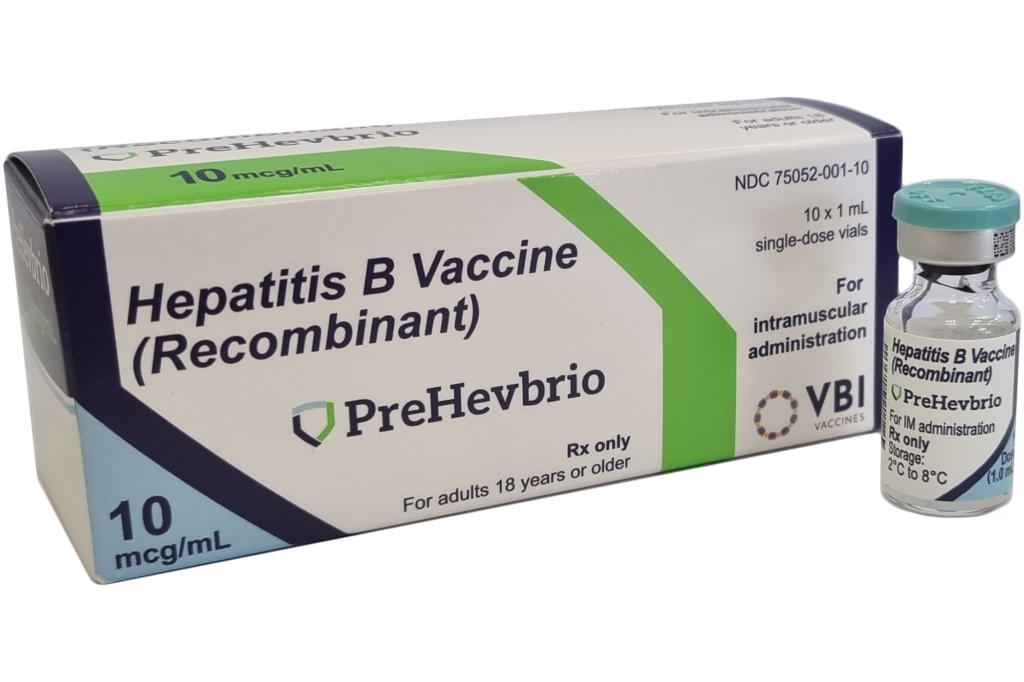The World Health Organization has officially reclassified hepatitis D as carcinogenic, marking a significant turning point in global health policy on viral hepatitis. This shift highlights the increasing urgency to eliminate viral hepatitis and reduce liver cancer risk, especially among vulnerable populations.
Hepatitis D, a viral infection that only occurs in individuals already infected with hepatitis B, has now been identified as carrying a two- to six-fold higher risk of liver cancer compared to hepatitis B alone. This reclassification is based on growing scientific evidence linking hepatitis D virus (HDV) to a significantly elevated risk of liver cirrhosis and hepatocellular carcinoma.
Globally, viral hepatitis continues to pose a major health threat, affecting nearly 300 million people and causing over 1.3 million deaths annually. Among the five main types of hepatitis viruses A, B, C, D, and E only hepatitis B, C, and D are known to cause chronic infections that can lead to serious liver complications, including cancer.
The announcement underscores the need for intensified global efforts to combat the spread of hepatitis viruses. Experts are calling for expanded hepatitis B vaccination programs, improved access to testing and treatment, and stronger public health surveillance systems. Since HDV depends on hepatitis B for replication, preventing hepatitis B through vaccination is the most effective way to block HDV infection and its associated cancer risks.
Hepatitis D is a single-stranded RNA virus that causes the most severe form of viral hepatitis in co-infected individuals. While relatively rare, it is most prevalent in areas with high hepatitis B rates, including parts of Africa, Asia, and Eastern Europe. Despite the availability of preventive tools such as the hepatitis B vaccine, many regions continue to struggle with underdiagnosis, inadequate awareness, and limited healthcare infrastructure.
This updated classification, based on assessments from the International Agency for Research on Cancer, aims to drive political momentum and financial investment into hepatitis elimination strategies. It serves as a wake-up call to governments and global health stakeholders that eliminating hepatitis D is both a public health imperative and a realistic goal.
Health leaders emphasize that every 30 seconds, someone dies from severe liver disease or cancer related to hepatitis. With effective vaccines and treatments already available, eliminating hepatitis D and reducing liver cancer burden is not only possible it is essential.

